
Despite the very ferocious roller coaster ride we’ve been on this year at Achieve, from very personal and unfortunate events within our community to racial and political tragedies throughout our country, we have managed to keep our minds and hearts together to continue to strengthen and build the partnership. We have had difficult conversations, pushing each other out of our comfort zones. We’ve endured through disagreements to find common ground. We’ve held each other accountable for each other’s mistakes and misconceptions. Because of this we have slowly begun to become more aligned with the core values that both organizations hold. Through these changes we have had more success engaging our parents, students, and teachers to invest in themselves, and in each other and most importantly our community as a whole.
Though we are not yet in the optimal position for the success we are seeking, we have worked together as a team and a community to keep striving for greatness. We continue to uplift and empower each other and be brave enough to take on new challenges every day making sure that we are giving ALL we can to ALL our students!

Amber White, Behavioral Support Specialist

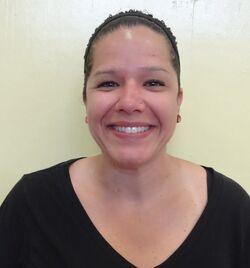





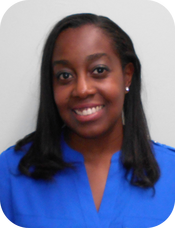





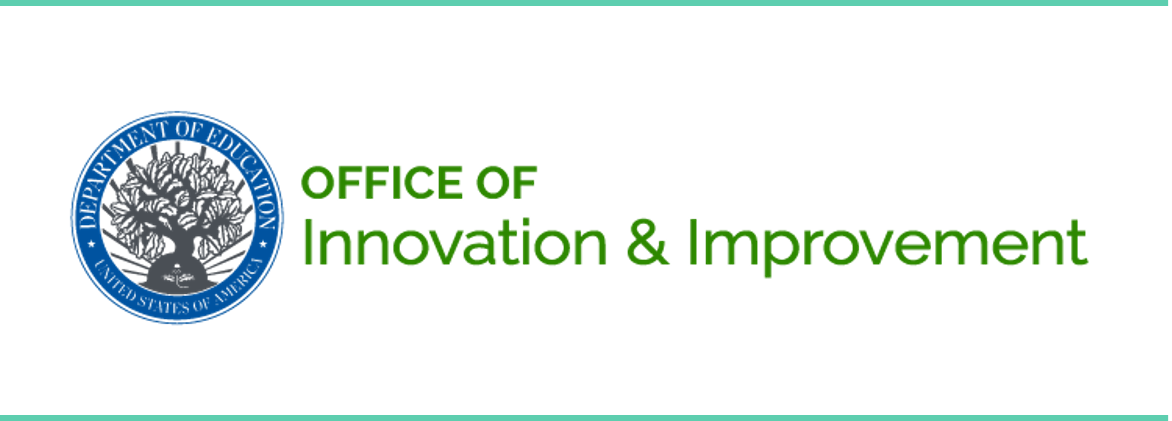

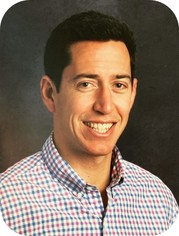
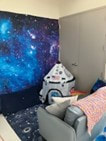


 RSS Feed
RSS Feed